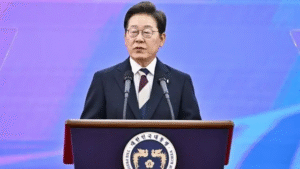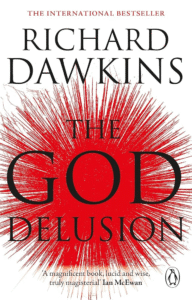Severance: A Chilling Exploration of Corporate Control

A Dystopian Workplace
Apple TV+’s Severance presents a chilling vision of a future where the boundaries between work and personal life are obliterated. Lumon Industries, a mysterious corporation, introduces a radical procedure known as “severance,” which surgically divides employees’ consciousness into two distinct entities: the “innie” and the “outie.” This stark separation creates a dystopian workplace where individuals are stripped of their personal identities and become mere cogs in a corporate machine.
A Critique of Corporate Power
Severance serves as a scathing critique of contemporary corporate culture. The show exposes the dehumanizing effects of unchecked corporate power as employees are reduced to interchangeable components within a vast, impersonal system. By creating a workforce utterly detached from their personal lives, Lumon erodes the fundamental principles of individuality and free will.
A Psychological Thriller
As the innies begin to question the nature of their existence and the true purpose of their work, Severance transforms into a gripping psychological thriller. The series masterfully builds suspense as the characters navigate a world filled with uncertainty and paranoia. The blurred lines between reality and simulation create a disorienting and unsettling atmosphere.
A Cautionary Tale
Beyond its psychological suspense, Severance serves as a cautionary tale about the potential consequences of prioritizing productivity over humanity. The show’s depiction of a sterile, regimented workplace resonates with the anxieties of many modern workers, highlighting the dangers of unchecked corporate control and the erosion of human connection.
A Call to Reflection
Ultimately, Severance is a thought-provoking exploration of the impact of technology and globalization on the human condition. By presenting a dystopian future where corporate interests dominate individual identity, the series compels viewers to consider the ethical implications of such a world and the importance of preserving human connection in an increasingly mechanized society.




















